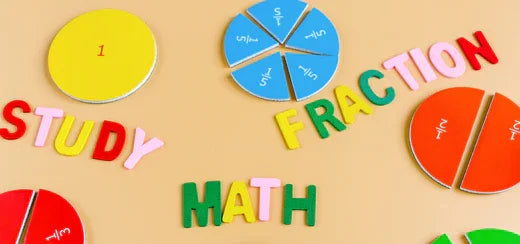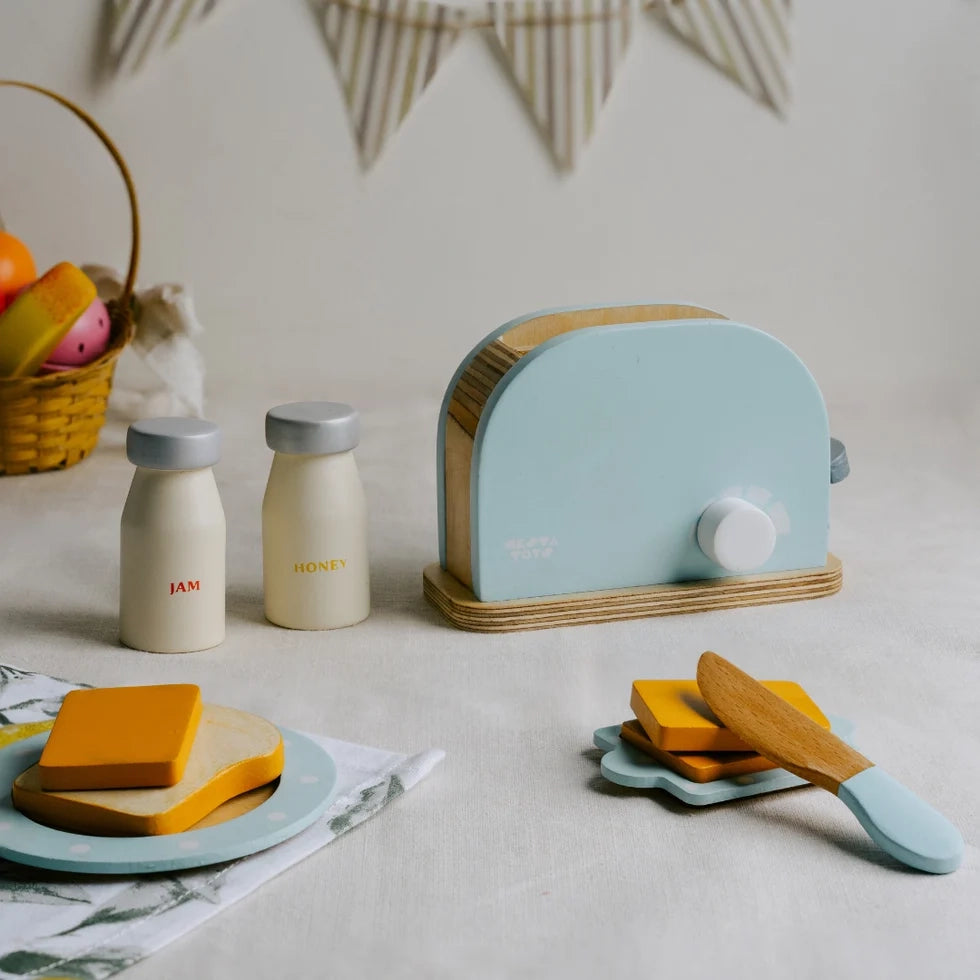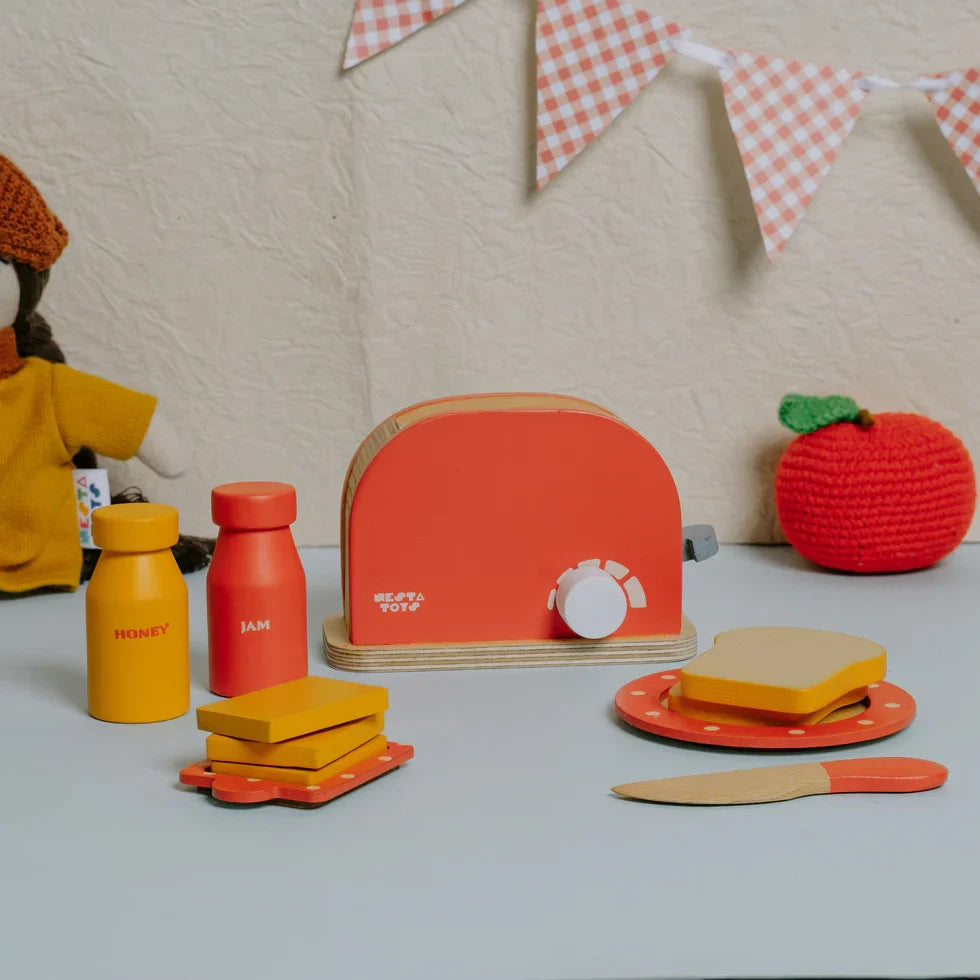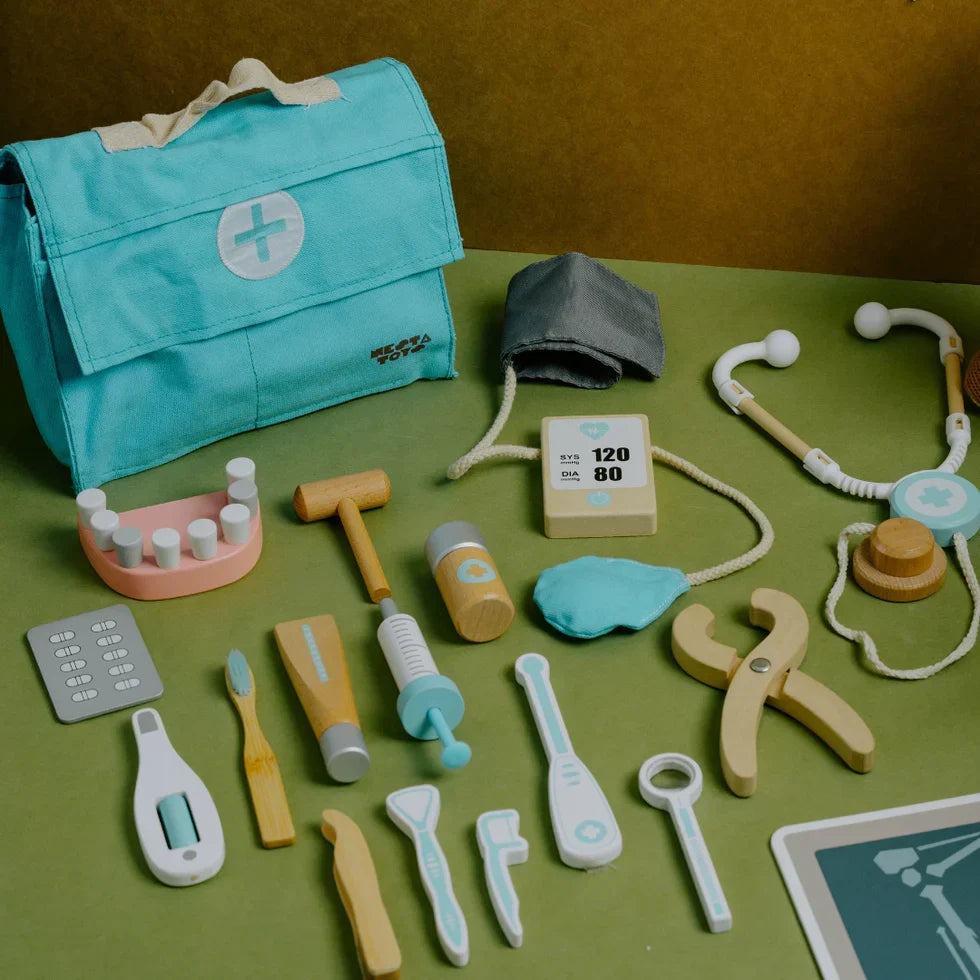Textbooks often present fractions as abstract symbols, making them hard for kids to understand. The Montessori approach takes a different route, using hands-on materials and sensory experiences to build a clear, concrete understanding.

The Power of Ten Frames
A key element in this approach is the ten frames material—wooden or metal frames with circular insets. Some are whole, while others are divided into equal parts ranging from two to ten. Each segment has a knob for easy manipulation, and red coloring for clear visual distinction. Labels with corresponding fractions complete the set.
Unveiling Fractions: A Step-by-Step Progression
The learning process is designed to be gradual and engaging. Here's a breakdown of the typical steps:
- Building the Whole: The child begins by familiarizing themselves with the whole circle and a golden bead representing "one."
- Breaking the Whole: The red circle is divided into halves, demonstrating that it can still represent "one whole" when put back together.
- Equivalence in Action: The child learns how two halves, three thirds, or four fourths can all form the same whole circle.
- Naming the Parts: Children are introduced to fractions by learning to name each piece as halves, thirds, and so on.
- More Than One Piece: Fractions with multiple pieces are explored. Children learn to identify and name fractions like 5/6ths or 8/10ths.
- Writing it Down: The final step involves introducing written notation. Children learn to draw the fraction line and write the numerator (number of pieces) above the line and the denominator (total number of pieces) below it.
Equivalence: Understanding the Relationships
A key concept explored with the ten frames is equivalence. The child discovers that different fractions can represent the same whole. For example, they learn that two quarters can fill the same space as one half. This understanding becomes crucial for future operations with fractions.
Beyond the Classroom: Activities for Fun and Learning
Learning fractions shouldn’t stop at school! Here are some fun activities to practice fractions at home:
- Building Block Bonanza: Use building blocks with slips of paper showing different fractions. Children can match the blocks to the corresponding fractions, developing their recognition skills.
- Shape Exploration: Explore fractions with different shapes. Count the segments and assign names to each part, showcasing how shapes can be divided into various fractions.
- Fractionizing Food: Get creative in the kitchen! Involve children in cutting fruits, vegetables, pizzas, or cakes into equal parts. Discuss the different fractions represented by each piece, making learning relatable.
- Playful Dough Division: Use play dough or chapati dough to create a hands-on experience. Divide the dough into fractions following labeled guides. This allows children to manipulate and understand fractions in a tactile way.
By using these activities, we turn the abstract concept of fractions into a fun and hands-on learning experience for kids.
5 Fraction Games for Kids
1. Fraction Pizza Party
- Materials: Playdough, plastic knives, fraction cards
- How to Play: Each player gets a ball of playdough to represent a pizza. Players take turns drawing a fraction card and cutting their pizza into the specified number of slices. The first player to "eat" their whole pizza by correctly identifying and creating fractions wins!
2. Fraction War
- Materials: A deck of cards
- How to Play: Deal all the cards to players. Each player flips over two cards at once—the first card as the numerator and the second as the denominator. The player with the larger fraction wins the round.
3. Fraction Bingo
- Materials: Bingo cards with fractions, fraction markers
- How to Play: Call out fractions, and players cover the matching fraction on their bingo card. The first player to get a row, column, or diagonal of fractions wins.
4. Fraction Memory Match
- Materials: Fraction cards with matching pairs (e.g., 1/2 and 2/4)
- How to Play: Lay out all the cards face down. Players take turns flipping over two cards at a time. If the cards match (equivalent fractions), they keep the pair. The player with the most pairs at the end wins.
5. Fraction Scavenger Hunt
- Materials: Fraction clues hidden around the room
- How to Play: Hide clues with fraction problems or riddles around the house or classroom. Players solve each fraction to find the next clue. The first to complete the scavenger hunt wins!
These games can be adapted to different age levels and fraction concepts, making them versatile and engaging for learners of all abilities.









